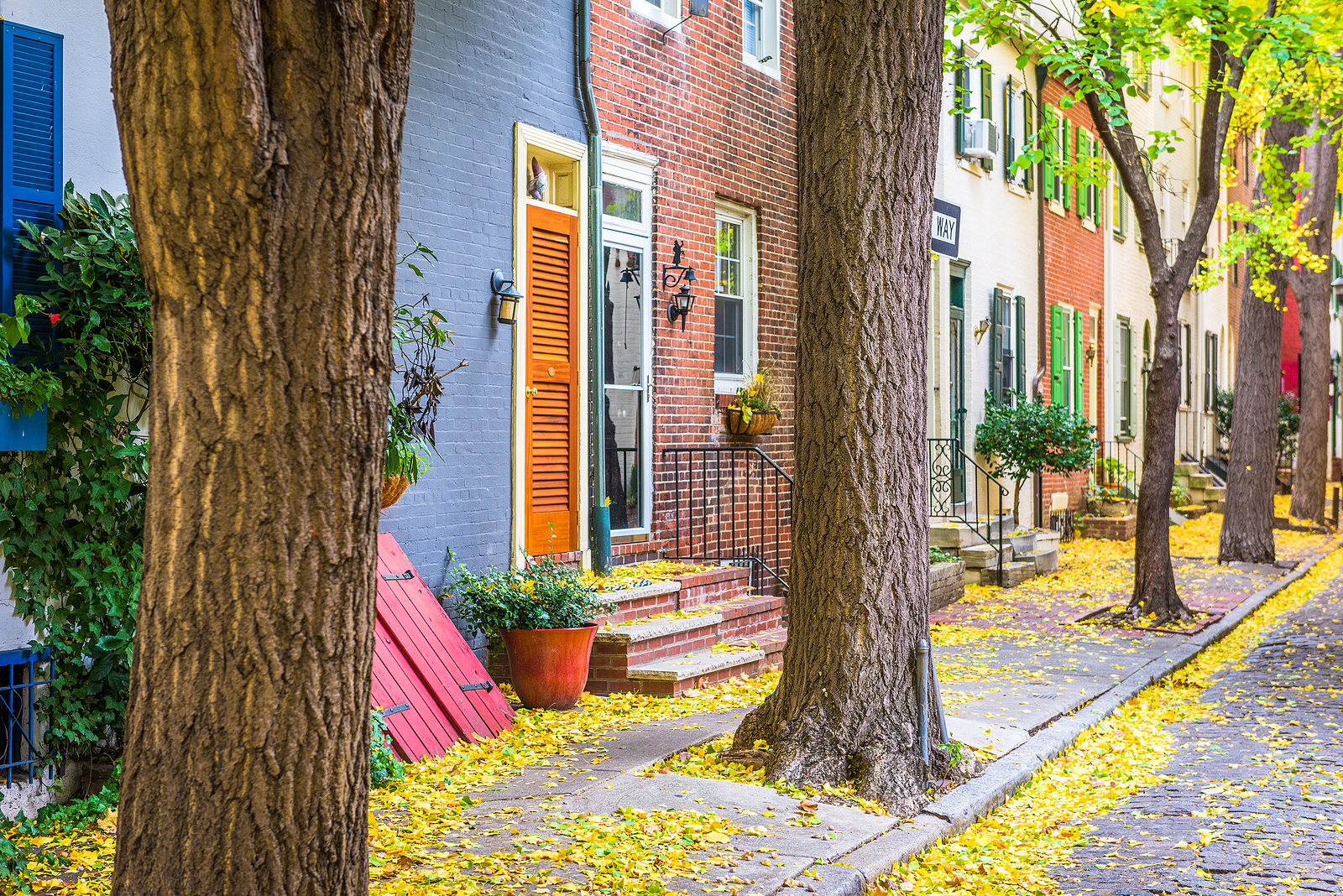Owning an old brick home in DC involves caring for historic masonry. Homeowners in the know develop a good eye for detecting trouble spots before they take over. Preserving the value and integrity of older brick homes can become a point of pride for owners. Annual inspections are the primary defense against these issues becoming a financial disaster that could keep you out of your home during repairs.
Let's discuss which issues to look for during an annual inspection, and when you need a professional to deal with it.
DIY of Old Brick Homes
Most issues are not those that you can or should do yourself. However, we will point out some conditions below you might tackle yourself if you have the time, tools, and talent.
Typically, old brick homes in historically designated neighborhoods require permitting before any structural repairs. Tuckpointing is included. Our clients are always glad to know that Renaissance Development handles all permitting for every job that requires it, large or small.
If you are unsure about doing it yourself, your best bet is to contact the professionals at Renaissance Development for recommendations to make an informed decision.
Bulging or Bowed Bricks
We've discussed this issue many times over the years. See one example here: When Your Retaining Wall Needs Help. In that article, we noted that while this is not an uncommon problem among older brick homes, it should not be taken lightly. A structural engineer should assess for structural damage.
If the structure's integrity is intact, the bulging and bowing could be due to the expansion and contraction of the bricks and mortar and moisture getting behind the bricks.
Compacted or "Untrue" Bricks
Misshapen or compacted bricks create a condition that weakens the other bricks surrounding the compacted brick. This could be a serious problem because it will permit water to get behind the brick, causing more problems. What's more, an untrue or compacted brick will cause more stress on its surrounding bricks. So, it would be best to get a professional to look at this condition right away and consult a structural engineer about adding the necessary support to the foundation.
Near-Vertical Corner Cracks
Near-vertical corner cracks are a natural result of settling and rarely affect the building's structural integrity. Professionals usually recommend one of two inexpensive fixes. First, an epoxy or urethane injection fills the crack, or expansion joints relieve some corner pressure. Tuckpointing will restore the brick's mortar after applying any structural remedies that may be necessary.
Deteriorating or Disintegrating Mortar
The brick's mortar will last 25 or 30 years, in most cases. After that, certain atmospheric conditions such as rain and snow, salt from the city's winter road clearing, and too high-pressure washing can exacerbate the mortar's deterioration. An easy cure for an old building is tuckpointing with historically appropriate materials. In addition, regular upkeep prevents costly repairs down the road.
Above the Shelf Angle Spalling
Some structures may include a shelf angle, a metal beam or plate that bears the weight of the bricks above it. Over the years, the shelf angle rusts and corrodes from moisture. Then, the bricks begin chipping or cracking. If the shelf angle is too corroded, it will need to be replaced. Then, the spalled bricks will also require replacement and the mortar repointed.
Efflorescence on Exterior Bricks
Most historic brick homes in DC were built long before 1930. In that building era, masons used sand and lime to make mortar. Lime has minimal salt, which causes efflorescence or the powdery white salt build-up sometimes seen on bricks.
Moisture accumulation can aggravate efflorescence, so consulting an expert about drainage issues may be appropriate. You can clean small patches with a biodegradable detergent, water, and a stiff-bristled brush. Do not use a high-pressure wash on old brick and mortar, as that treatment can lead to rapid mortar deterioration.
Mold, Mildew, or Moss
Typically, these "M" conditions are not hazardous to your brick wall. However, as with efflorescence, these often are indicators of moisture retention and inadequate drainage. Consult a professional.
Final Thoughts
Many of these conditions are natural with age. But, for better or worse, older homes need more attention. However, in most cases, tuckpointing by a professional can save you more expensive repairs down the road.
Be sure the repair or replacement of your historic stone or brick home goes without a hitch. Renaissance Development experts cut through the confusion and fuss of getting your property back in its best condition in the shortest time possible. Contact us for a consultation today.





